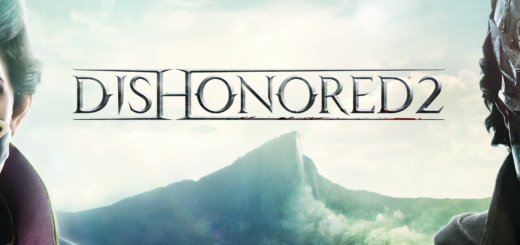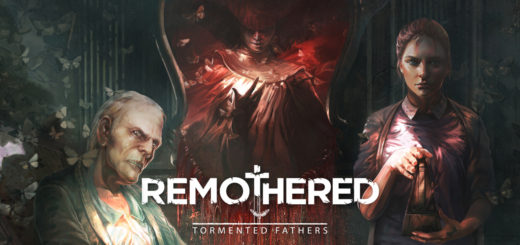Pimp My Campaign: 2016 Edition
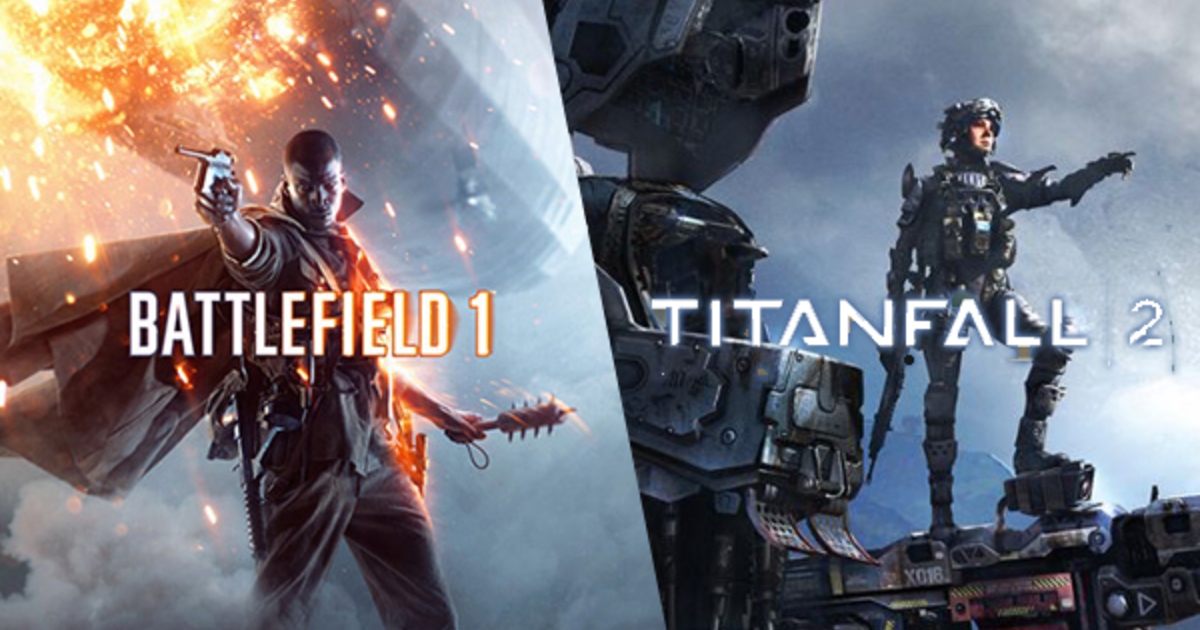
Note that due to the rapid release of both BATTLEFIELD 1 and TITANFALL 2, and since our thoughts on each title’s multiplayer content remains unchanged post-release (for better or worse), this article will serve as our review of both games.
It’s November, which means it’s that time of year again where the leaves (actually) start falling and the bullets come flying. It was this time last year that we got HALO 5, BLACK OPS III, and DICE’s spin on BATTLEFRONT. Well it’s been another year, and with it, another Call of Duty, another DICE competitor, and a slew of other titles that mainly revolve around shooting dudes in the face with really big guns. With all the new games, you’ll probably want to check out a server list to join games. While there’s nothing noteworthy about a rush of blockbuster action titles filling the end-of-the-year market, there’s something odd about just how they were released this year: EA’s two biggest action games, BATTLEFIELD 1 and TITANFALL 2, released within days of each other, conveniently right before rival Activision could launch CALL OF DUTY: INFINITE WARFARE.
Perhaps even more intriguing is that all three franchises, each known primarily for their multiplayer features, chose this year to reinvent their singleplayer campaigns. As with any attempt to shake up an established formula, this led to some mixed results, but the push away from the “standard” FPS campaign opens up a world of potential for future releases. So without further delay, let’s take a look at what works and what doesn’t with each game:
CALL OF DUTY: INFINITE WARFARE
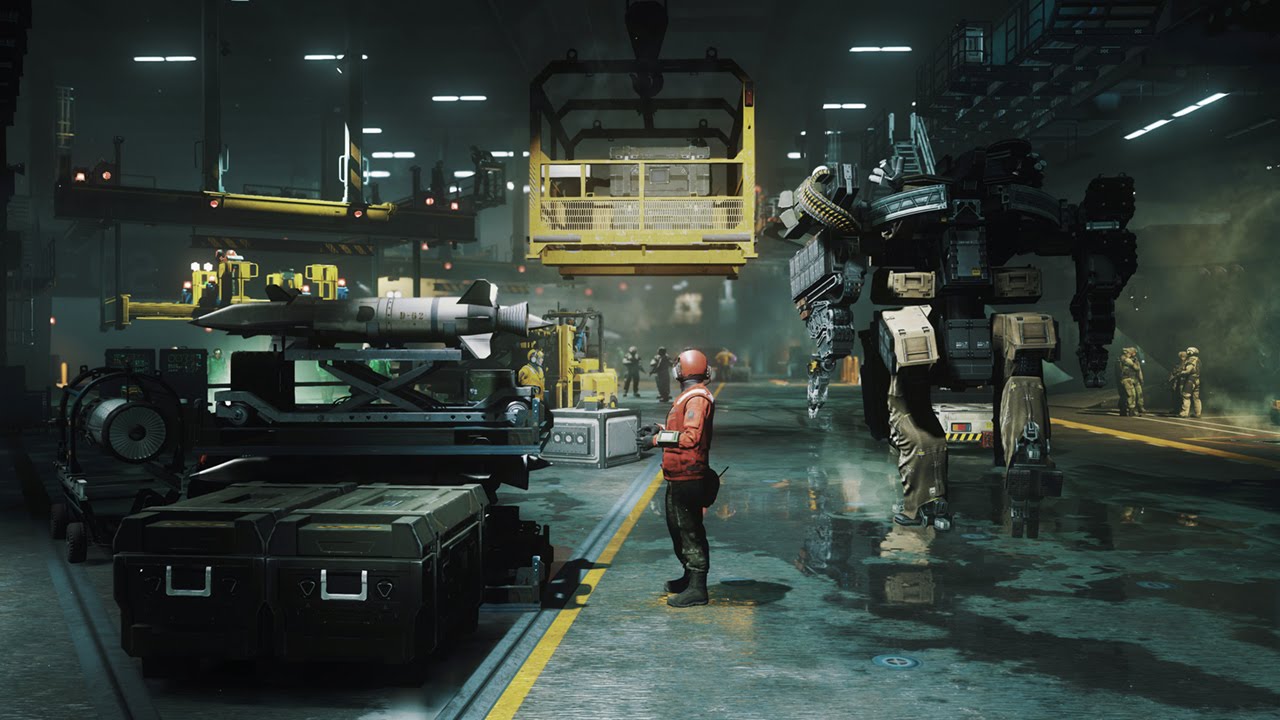
Call of Duty is the only franchise here whose roots originally lie in singleplayer, so it’s only appropriate that INFINITE WARFARE’s campaign was the most on the money. As was mentioned in our full review, INFINITE WARFARE’s fairly long bounty hunt through space was the highlight of that game. Playing out more like an open world RPG than a traditional shooter, the player is given full agency over the order in which they wanted to tackle missions. While most of these battles are optional, they all yield valuable weapons and upgrades, and the arbitrary hidden scavenger hunts of COD’s past have been replaced with decidedly useful loot hidden across maps, encouraging exploration for reasons beyond scoring an achievement.
The nonlinearity of INFINITE WARFARE’s campaign allows players to make it what they want. Burning straight through the required operations only will result in a short but sweet romp, but taking the time to go through all missions will easily more than double the playtime. Additionally, the void-based dogfights are not only a very welcome change of pace from the standard infantry combat that has come to define COD, but are also the best this current generation of games has to offer. One can only hope that future COD titles will similarly strap players into the cockpit.
The only real flaw with INFINITE WARFARE’s campaign is the story. Beyond your wise-cracking robot companion, none of the characters are particularly memorable, even if they bore Kit Harrington’s likeness. Conflicts, both of personal and military natures, are resolved far too quickly, making practically all dramatic moments feel unearned. And most troubling of all, the game ends with a dubious moral suggesting that maybe using soldiers as fodder is A-OK. INFINITE WARFARE’s narrative faults only highlight the advances it makes in game design, so here’s hoping that Infinity Ward looks at those innovations to expand upon going forward.
TITANFALL 2
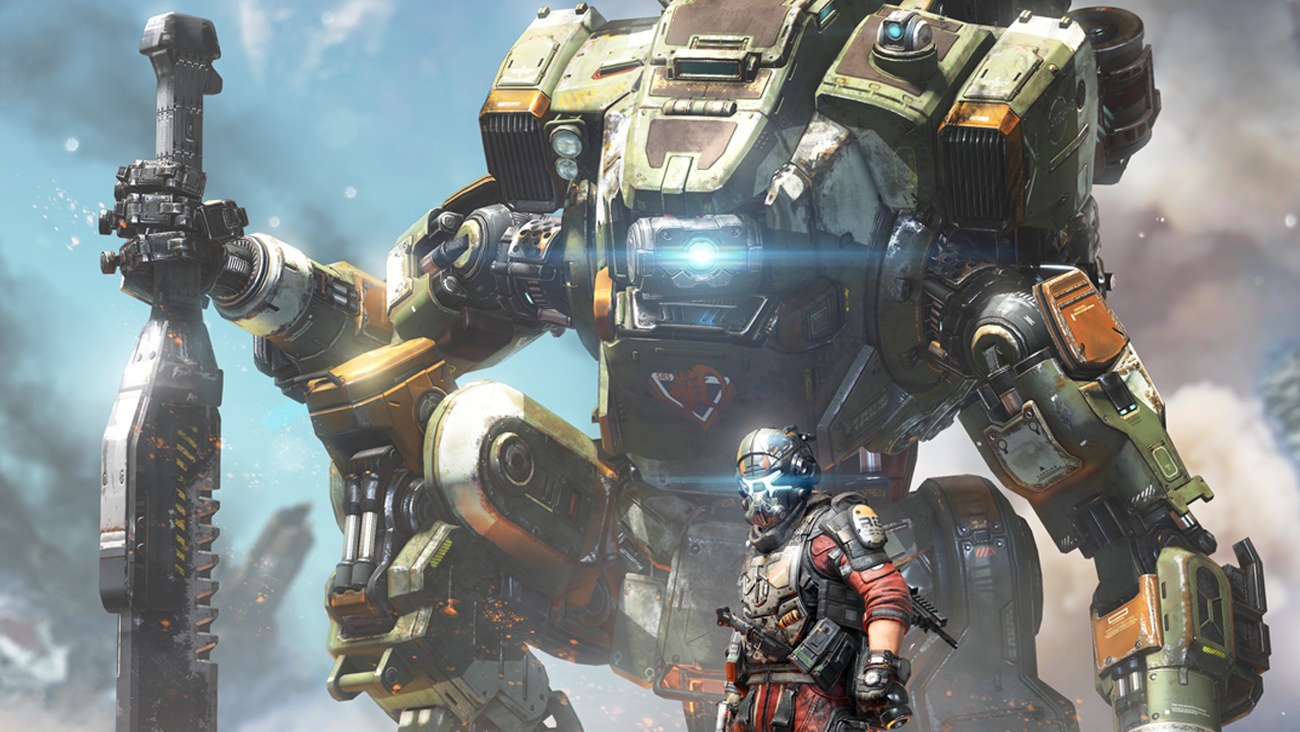
There’s certainly an argument to be made that TITANFALL 2’s campaign is the boldest of the bunch simply for the fact that it is the first Titanfall game with a campaign, but that would be selling it short. TITANFALL 2’s story takes players through a brief-but-bombastic adventure that never gets stale. Alongside (and within) the lovable Titan warbot BT-7274, players weave through a treacherous assembly line for an entire prefab city, battle across a fleet of AVATAR-esque airships, and even travel through time between two parallel gunfights. TITANFALL 2 masters the art of the shooter set piece, but incredibly manages to do so all while maintaining the mulitplayer’s wide-open sense of freedom.
Similar to INFINITE WARFARE, TITANFALL 2’s best moments see the player hopping in the cockpit of BT to fight a rogues’ gallery of mercenary Titan pilots, each with distinct character and playstyle. Piloting BT is an utter thrill, engaging explosive duels while infantry scramble for cover below, but it also highlights one of TITANFALL 2’s critical flaws. While INFINITE WARFARE evenly divided the shooter and flight missions, TITANFALL 2’s ratio is decidedly skewed towards on-foot segments. With a heavy focus on wall running, jet packs, and shooting dudes through scopes, TITANFALL 2 is virtually indistinguishable from INFINITE WARFARE outside of the Titan, albeit with an overall lack of technical polish. The far superior Titan segments, rather than being the centerpieces promised on the box, are relegated to sideshows, teasing the player at what could’ve been.
And lest the Titan in the room goes ignored, TITANFALL 2’s campaign ends after just over five hours, and that’s assuming the player takes the scenic route. Though it’s true the campaign is a nonstop thrill ride, that’s an easy claim to make when it can be completed in a single sitting. The truncated length also makes the lack of Titan gameplay that much more painful, and even though the adventure is memorable, there is no real incentive to replay it. TITANFALL 2 feels more like a proof of concept than a full fledged game, but now that Respawn has proven that a singleplayer Titanfall can work, the gloves should be off for the sequel.
BATTLEFIELD 1
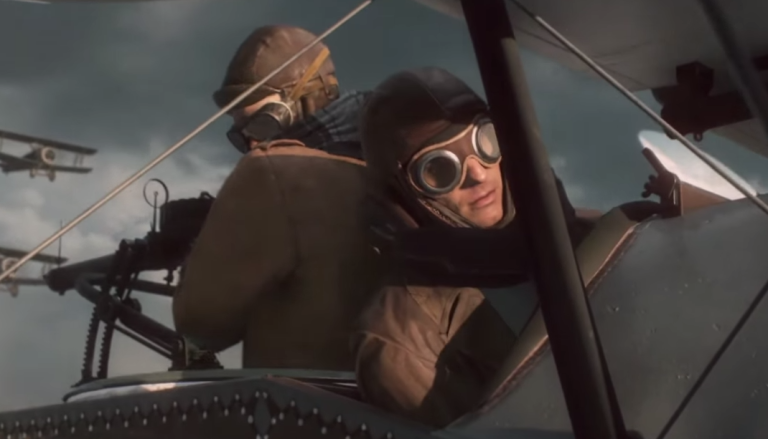
EA DICE seems to follow a “burn it all down” doctrine of game design. Gamers (justifiably) complained about the bland, scripted railroads of previous Battlefield games, so DICE ditched the campaign for BATTLEFRONT. Gamers (justifiably) complained about BATTLEFRONT’s lack of campaign, so DICE, rather than revert to their old ways, tried to strike a balance with BATTLEFIELD 1. Rather than one cohesive story, BATTLEFIELD 1’s campaign is split into several different vignettes, loosely related in that they all follow Allied forces during World War I. It’s an episodic design that borrows more from television than film, a rarity among shooters, but one that also carries the same pitfalls of the small screen.
It’s hard to judge the campaign on a whole, as the quality of the writing and gameplay varies wildly between each story. “Friends in High Places” and “Through the Mud and Blood” place you in the role of a biplane pilot and tank crew, respectively, and stand out as the clear highlights of the bunch. Besides featuring the most diverse (and satisfying) modes of play, the characters in these stories are genuinely compelling. The same cannot be said for the rest of the episodes, which all try (and fail) to balance a desire to humanize those who fought in the war with very cut and dry corridor shooter segments where you effortlessly gun down hundreds of Germans and Turks.
Unfortunately, the bad episodes hold the majority in BATTLEFIELD 1. Like the Great War itself, the few moments of beauty to be had are brutally stamped down by a soulless parade of violence. It doesn’t help that the singleplayer gameplay is not at all representative of the multiplayer, utilizing completely different controls and mechanics that fail to prepare the player for online matches (you did pick up BATTLEFIELD 1 for the multiplayer, didn’t you?) The episodic structure is a clever idea for a genre that generally fails to craft plots that can sustain their action, but it’d be put to better use in a series more suited to singleplayer action than Battlefield.

